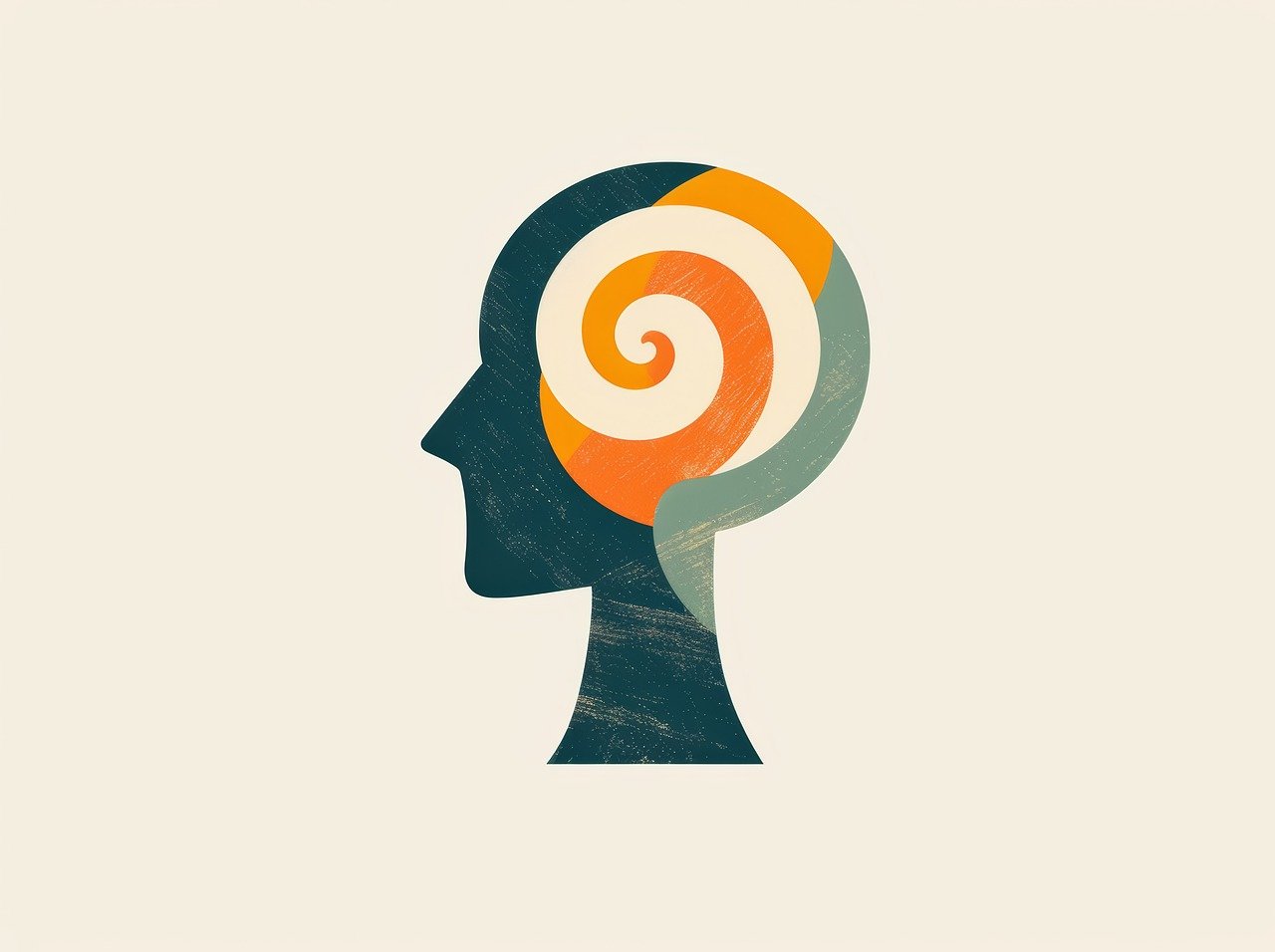Air Pollution and Respiratory Health: Understanding the Link
Studies have shown a direct correlation between exposure to air pollution and an increased risk of respiratory diseases. Fine particulate matter, emitted from vehicle exhausts and industrial processes, can penetrate deep into the lungs and cause inflammation. This can lead to aggravation of asthma symptoms, increased frequency of respiratory infections, and a higher likelihood of developing chronic obstructive pulmonary disease (COPD).
Children and the elderly are particularly vulnerable to the negative effects of air pollution on respiratory health. Their developing and aging respiratory systems are more sensitive to the pollutants present in the air. Long-term exposure to pollutants like nitrogen dioxide and sulfur dioxide can result in decreased lung function, exacerbation of existing respiratory conditions, and an elevated risk of cardiovascular disease. It is crucial to raise awareness about the impact of air pollution on respiratory health and advocate for stricter regulations to protect public health.
Common Respiratory Conditions Linked to Air Pollution
Long-term exposure to air pollution has been associated with an increased risk of developing respiratory conditions. Asthma is one of the most common respiratory illnesses linked to poor air quality. The pollutants in the air can trigger asthma symptoms and exacerbate the condition, leading to difficulty breathing, wheezing, and chest tightness.
Another respiratory condition that is closely connected to air pollution is chronic obstructive pulmonary disease (COPD). People with COPD may experience worsening symptoms when exposed to high levels of pollutants such as particulate matter and ozone. This progressive disease can result in coughing, shortness of breath, and decreased lung function, making it crucial to address air quality concerns to prevent further complications for individuals with COPD.
Understanding the Sources of Air Pollution
Air pollution, a growing concern in modern society, arises from a variety of sources. One primary source of air pollution is the burning of fossil fuels for energy production. The emissions released during this process include harmful pollutants like sulfur dioxide, nitrogen oxides, and particulate matter that contribute to poor air quality.
Another significant source of air pollution is transportation, especially from cars, trucks, and airplanes. These vehicles emit pollutants such as carbon monoxide, volatile organic compounds, and nitrogen dioxide, which can have adverse effects on both human health and the environment. Identifying and understanding these sources of air pollution is crucial in developing effective strategies to mitigate their impact and improve air quality for the well-being of our communities.
• Burning of fossil fuels for energy production releases harmful pollutants like sulfur dioxide, nitrogen oxides, and particulate matter
• Transportation, including cars, trucks, and airplanes, emit pollutants such as carbon monoxide, volatile organic compounds, and nitrogen dioxide
• Identifying and understanding these sources of air pollution is crucial in developing effective strategies to mitigate their impact
• Improving air quality is essential for the well-being of our communities
What are some common sources of air pollution?
Common sources of air pollution include vehicle emissions, industrial activities, agricultural practices, and the burning of fossil fuels for energy production.
How does air pollution impact respiratory health?
Air pollution can exacerbate respiratory conditions such as asthma, chronic obstructive pulmonary disease (COPD), and bronchitis. It can also increase the risk of respiratory infections and decrease lung function.
Are children more vulnerable to the effects of air pollution on respiratory health?
Yes, children are more vulnerable to the effects of air pollution on respiratory health due to their developing lungs and higher breathing rates compared to adults.
What can individuals do to reduce their exposure to air pollution?
Individuals can reduce their exposure to air pollution by limiting outdoor activities on days with high pollution levels, using public transportation or carpooling, and supporting policies that promote clean air.
How can policymakers address the sources of air pollution?
Policymakers can address the sources of air pollution by implementing regulations on emissions from vehicles and industries, promoting renewable energy sources, and improving public transportation infrastructure.







